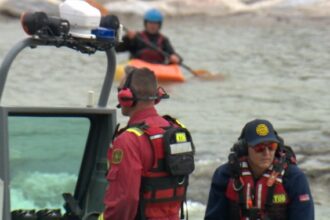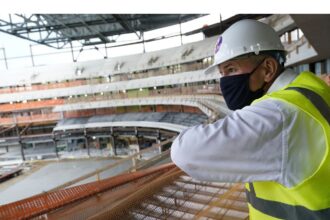The gleaming trophies and beaming smiles that dominate youth sports highlight reels tell only part of the story. Behind these moments of triumph lies a troubling reality that many Canadian families face: the potential for abuse in youth athletic environments. Recent investigations have revealed concerning patterns across multiple sports organizations, prompting urgent questions about how we protect our youngest athletes.
“The power dynamic between coaches and young athletes creates an inherently vulnerable situation,” explains Dr. Sylvia Marquez, a sports psychologist who specializes in youth athletics. “Children are taught to respect and obey authority figures, particularly those who hold the keys to their athletic advancement. This creates perfect conditions for potential exploitation.”
Statistics from Sport Canada show that approximately one in three Canadian youth athletes reports experiencing some form of emotional abuse in their sporting career, while physical and sexual misconduct cases continue to emerge across disciplines from gymnastics to swimming to hockey.
What makes these situations particularly challenging is that many parents remain unaware of the warning signs. Unlike physical abuse, which may leave visible marks, emotional and psychological manipulation often manifests in subtle behavioral changes that can be misattributed to normal competitive stress or adolescent development.
“Parents need to understand that abuse in sports rarely begins with overt actions,” notes former Olympic coach and safe sport advocate James Chen. “It typically starts with boundary violations that gradually escalate—excessive private communication, isolation from peers or family, or creating dependency relationships.”
The good news is that Canadian sports authorities have begun implementing more robust safeguarding measures. The Universal Code of Conduct to Prevent and Address Maltreatment in Sport (UCCMS) represents a significant step forward, establishing clearer standards and reporting mechanisms. Additionally, many national sports organizations now require comprehensive background checks and abuse prevention training for coaches and staff.
However, experts emphasize that policy changes alone cannot solve the problem. Parents must play an active role in prevention and detection.
“Create an environment where your child feels comfortable sharing uncomfortable experiences,” advises child protection specialist Dr. Amina Patel. “Many young athletes suffer in silence because they fear disappointing their parents or losing their place on the team.”
Dr. Patel recommends maintaining open communication by regularly asking open-ended questions about practice, teammates, and coaching interactions. Parents should also watch for warning signs such as sudden reluctance to attend practices, unexplained physical complaints, sleep disturbances, or personality changes.
Perhaps most importantly, parents need to trust their instincts. If something feels wrong, it’s worth investigating further. This might involve observing practices, speaking with other parents, or consulting with sport administrators.
“The culture of silence that has protected abusers is finally beginning to crack,” says Melanie Thompson, director of Safe Sport Canada. “But real change requires vigilance from everyone involved in youth athletics—especially parents who serve as the first and most important line of defense for their children.”
Youth sports remain a valuable component of childhood development, offering physical benefits, character building, and lifelong social skills. The solution isn’t to withdraw children from athletic participation but rather to ensure these environments remain safe, supportive, and appropriately supervised.
As Canadian sports organizations work to implement better safeguards, the most effective protection may still come from engaged parents who understand the risks, recognize warning signs, and create spaces where young athletes feel empowered to speak up when something doesn’t feel right.
As we continue to celebrate athletic achievement in our young competitors, we must ask ourselves: Are we doing enough to ensure their psychological and emotional safety receives the same attention as their physical performance? The answer may determine not just the future of Canadian sports, but the wellbeing of an entire generation of athletes.
























